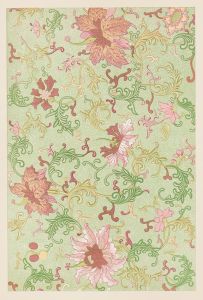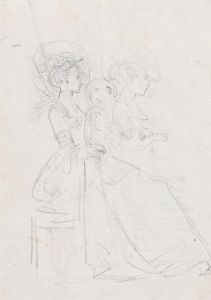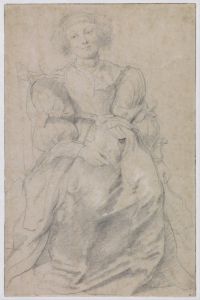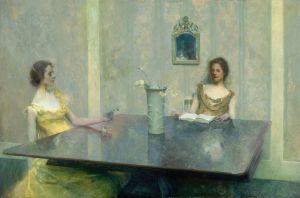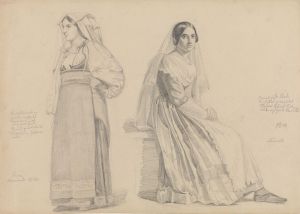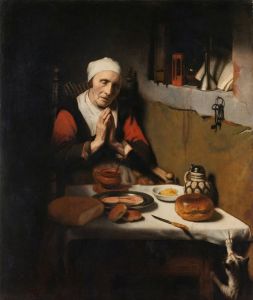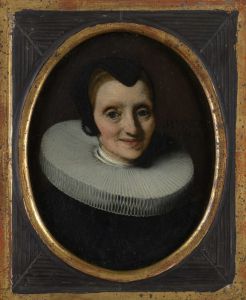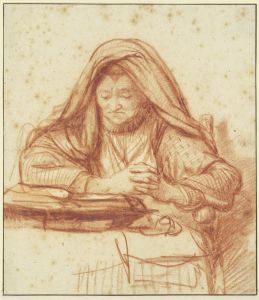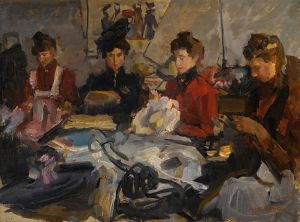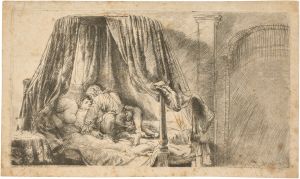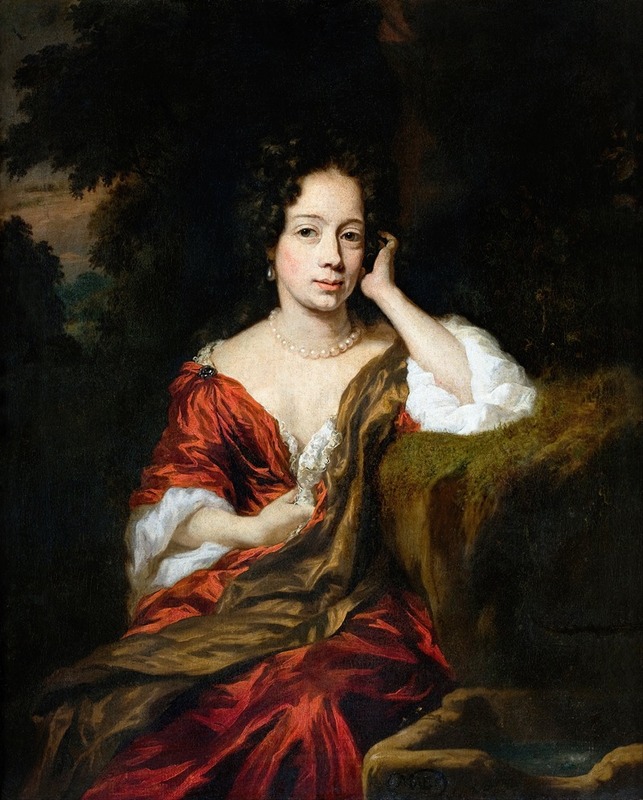
Portrait of a Woman
A hand-painted replica of Nicolaes Maes’s masterpiece Portrait of a Woman, meticulously crafted by professional artists to capture the true essence of the original. Each piece is created with museum-quality canvas and rare mineral pigments, carefully painted by experienced artists with delicate brushstrokes and rich, layered colors to perfectly recreate the texture of the original artwork. Unlike machine-printed reproductions, this hand-painted version brings the painting to life, infused with the artist’s emotions and skill in every stroke. Whether for personal collection or home decoration, it instantly elevates the artistic atmosphere of any space.
"Portrait of a Woman" is a painting by the Dutch artist Nicolaes Maes, who was a prominent figure in the Dutch Golden Age of painting. Maes was born in January 1634 in Dordrecht, Netherlands, and he initially trained under Rembrandt van Rijn in Amsterdam. His early works reflect the influence of his master, particularly in the use of chiaroscuro and the intimate, domestic scenes that characterized his genre paintings. However, Maes later transitioned to portraiture, where he found considerable success.
The "Portrait of a Woman" exemplifies Maes's mature style in portraiture, which he developed after moving to Amsterdam around 1673. This period marked a shift in his artistic focus, as he began to cater to the tastes of the wealthy bourgeoisie. His portraits from this time are known for their elegance, attention to detail, and the subtle rendering of textures and fabrics.
In "Portrait of a Woman," Maes captures his subject with a sense of dignity and grace. The woman is depicted in a three-quarter view, a common pose in portraiture that allows for a more dynamic representation of the sitter. She is dressed in fine clothing, indicative of her social status, and the intricate detailing of her attire showcases Maes's skill in rendering textiles. The background is typically plain, drawing attention to the subject and emphasizing her presence.
Maes's use of light and shadow in this portrait is particularly noteworthy. The soft lighting highlights the woman's face and hands, creating a naturalistic effect that enhances her lifelike appearance. This technique, likely influenced by his training with Rembrandt, adds depth and dimension to the painting. The subtle gradations of light and shadow also contribute to the overall sense of realism.
The expression on the woman's face is serene and composed, suggesting a calm and introspective demeanor. Maes was adept at capturing the psychological presence of his sitters, and this portrait is no exception. The woman's gaze, directed slightly away from the viewer, adds a sense of contemplation and introspection to the work.
"Portrait of a Woman" is a testament to Nicolaes Maes's talent as a portraitist and his ability to convey the character and status of his subjects. His portraits were highly sought after during his lifetime, and he enjoyed considerable success, particularly in Amsterdam. Today, Maes's works are held in high regard and can be found in major museums and collections around the world.
This painting, like many of Maes's portraits, provides valuable insight into the fashion, culture, and social dynamics of the Dutch Golden Age. It also reflects the broader trends in Dutch portraiture during the 17th century, where there was a growing demand for personal likenesses among the affluent middle class.
In summary, "Portrait of a Woman" by Nicolaes Maes is a fine example of Dutch Golden Age portraiture, showcasing the artist's technical skill, attention to detail, and ability to capture the essence of his subjects. It remains an important work in the study of 17th-century Dutch art and continues to be appreciated for its artistic and historical significance.





